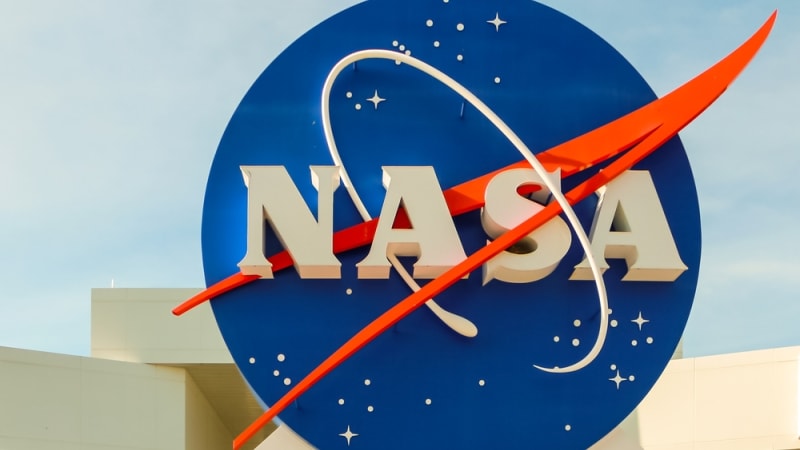
NASA’s Voyager 1 has been on a 46-year-long mission to explore interstellar space, but for the last year the probe has been experiencing several software and data glitches that could bring its mission to an end.
NASA launched Voyager 1 — and later Voyager 2 — in the summer of 1977 from Cape Canaveral, Fla., as part of a mission to explore interstellar space. In August 2012, Voyager 1 made its historic entry into interstellar space, and beyond the influence of our sun.
However, last year, engineers on the team discovered a glitch in the spacecraft’s system.
The problem, engineers discovered, is a glitch on one of the interstellar probe three onboard computers, the flight data system (FDS). The FDS is designed to collect data — including engineering data about the health and status of the spacecraft. It then combines that information into a single data “package” to be sent back to Earth.
According to NASA, the spacecraft is receiving and executing commands sent from Earth; however, the FDS is not communicating properly with one of the probe’s subsystems – the telemetry modulation unit – and as a result it was returning distorted data and at times no data was being sent back to Earth.
To resolve the issue, last year the team beamed up a software patch that would prevent the recurrence of the glitch and prevent the issue from occurring again in Voyager 1 or arising in its twin, Voyager 2. That fix did not end up working.
“Engineers are still working to resolve a data issue on Voyager 1. We can talk to the spacecraft, and it can hear us, but it’s a slow process given the spacecraft’s incredible distance from Earth,” NASA wrote in a Feb 6 post on X.
“Finding solutions to challenges the probes encounter often entails consulting original, decades-old documents written by engineers who didn’t anticipate the issues that are arising today. As a result, it takes time for the team to understand how a new command will affect the spacecraft’s operations to avoid unintended consequence,” NASA said in a previous statement.
In addition, commands from mission controllers on Earth take 22.5 hours to reach Voyager 1, which means the engineering team must wait 45 hours to get a response from Voyager 1 and determine whether a command had the intended outcome.
